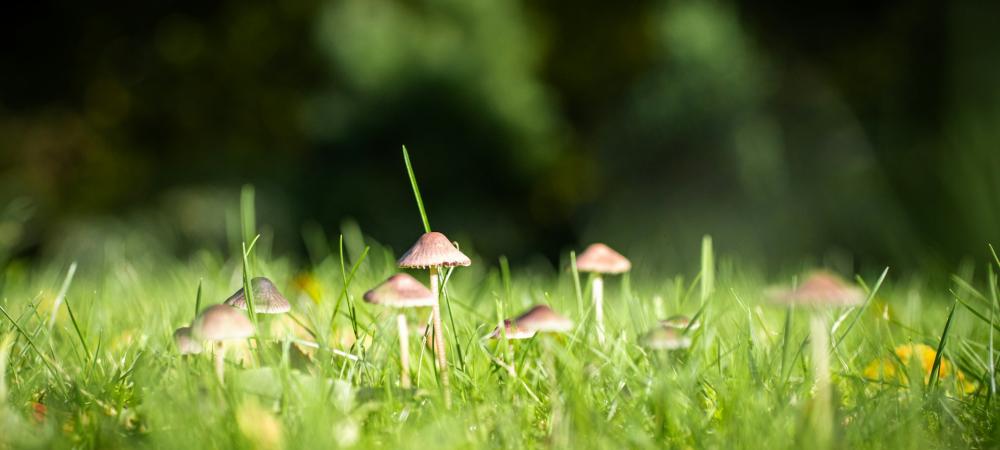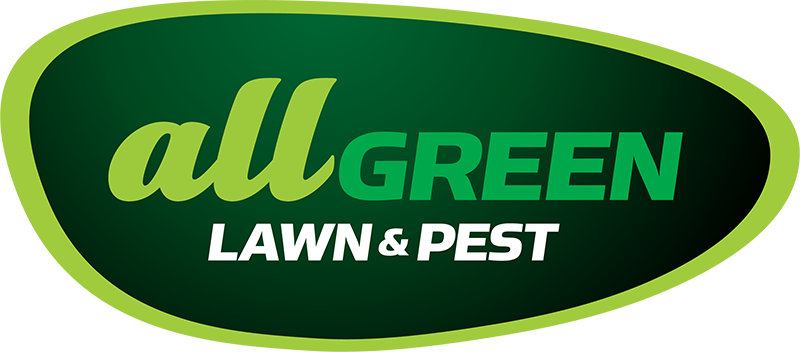What Causes Mushrooms in Your Lawn

Finding mushrooms popping up in your lawn can be a little surprising. One day your grass looks great, and the next there’s a cluster of white or brown caps growing overnight. If you live in Piedmont and take pride in your yard, every strange spot on your lawn grabs your attention pretty quickly. While mushrooms might seem harmless or even kind of interesting, their sudden appearance usually signals that something’s off.
Most homeowners don’t expect to deal with mushrooms when they think about basic lawn care. But they’re more common than you might think during the summer months, especially in places like Piedmont where rainfall and humidity can hang around. Understanding what causes mushrooms to grow is key to getting them under control and keeping your yard in the best shape possible.
Common Causes Of Mushrooms In Your Lawn
Mushrooms are a sign that your lawn has the right mix of moisture, shade, and organic matter for fungi to thrive. While that might sound scientific, the causes are usually tied to normal yard issues you’ve likely seen before.
Here are some of the main triggers that lead to mushroom growth:
1. Too Much Shade
Lawns that don’t get enough sunlight hold in moisture longer, creating a damp environment underneath the grass. Mushrooms love shade, so areas under trees, behind sheds, or next to the house are prime spots. If sunlight can’t reach parts of your yard regularly, moisture builds up and mushrooms are more likely to sprout.
2. Excessive Moisture or Overwatering
Water left to sit in the lawn, whether from rain or sprinklers, can quickly soak into the soil. If it doesn’t drain well, that soggy ground creates the perfect conditions for mushrooms. This is even more noticeable in low-lying areas or places with clay-heavy soil that holds water after storms.
3. Decaying Organic Material in the Soil
Old tree roots, buried wood pieces, and even thick layers of mulch can break down under your lawn. As this material falls apart, it feeds fungi in the ground. Mushrooms are just the part of the fungus you can see. So if your yard has a lot of buried organic matter, it could be releasing nutrients that mushrooms feed off.
4. Poorly Draining Soil
If your soil doesn't drain properly, water hangs around longer than it should. This promotes fungal growth below the surface. Combine that with summer heat and humidity in places like Piedmont, and you’ve got a near-perfect recipe for lawn mushrooms.
Once these conditions line up, mushrooms can pop up almost overnight. And if nothing is done about the underlying conditions, they’ll likely keep coming back.
Identifying Mushroom Types In Your Lawn
Not all mushrooms in your lawn look the same. Their appearance can tell you a bit about what’s going on in the soil and whether there’s cause for concern. Most mushrooms you see in your yard are harmless to the grass itself, but it’s helpful to know what you’re dealing with, especially if kids or pets use the yard.
Here are a few mushroom types commonly found in Oklahoma yards:
- Fairy Ring Mushrooms: These grow in circular patterns or arcs and usually appear after rainfall. The grass in the ring might look greener or more dry, depending on what's happening underneath.
- Puffballs: These round mushrooms can be white or brown and release a powder when stepped on. They often show up in groups and may look like small balls scattered across the lawn.
- Ink Caps: These start out with tall, white stems and dark caps but quickly begin to melt down into black sludge. They grow fast and tend to disappear just as suddenly.
Even though most lawn mushrooms in Piedmont are not dangerous to your yard’s health, some might be toxic to pets or small kids if ingested. So it’s always smart to keep a close watch and not ignore repeat growth. Identifying the type of fungi can also help pinpoint what’s going on underground, like buried wood or soil drainage issues.
Spotting mushrooms is just the surface-level sign. Real improvement comes from fixing the conditions that allowed those fungi to thrive in the first place. The next step is figuring out how to handle mushroom growth without letting it mess with your yard care goals.
Addressing Mushroom Problems: Professional Solutions
When it comes to effectively dealing with mushrooms in your lawn, seeking professional help can be your best bet. Lawn care experts have the tools and knowledge needed to tackle fungal issues without causing harm to the grass or disturbing the soil underneath. They understand not just how to remove mushrooms, but how to find the source and adjust your lawn’s conditions so fungi have no reason to keep growing.
Professional services usually start by evaluating the current state of your yard. They assess water content, identify poor drainage zones, and check for decaying matter that could be feeding fungal growth. Many professionals use treatments that go beneath the surface, stopping the fungal network instead of just removing the mushrooms you can see. That means your lawn gets a long-term fix, not just a quick clean-up.
Choosing experts also saves you from spending time and money on guesswork. They’ve handled mushroom problems like yours before and know what works here in Piedmont. With local experience, they adjust their approach to work with the weather, soil, and moisture patterns unique to your lawn.
Preventive Measures For A Mushroom-Free Lawn
You can’t always prevent mushrooms entirely, but keeping your yard as fungi-unfriendly as possible makes a huge difference. Here are some simple changes you can make:
- Improve Drainage
If rainwater tends to linger in certain areas of your lawn, consider having it aerated or grading parts of your yard. Good drainage helps water move through the soil quickly, making it less hospitable for fungal growth.
- Adjust Your Watering Routine
Water early in the morning or later in the evening, and only water when your lawn really needs it. Stick with shorter watering sessions and give your grass a chance to dry during the day.
- Manage Shaded Areas
Sunlight helps keep soil dry, which fungi hate. Prune low-hanging branches and clear anything that casts too much shade for too long. Even small changes in light exposure can have a big impact.
- Keep Organic Matter Under Control
Excess mulch, thick layers of compost, or decaying tree roots under the soil can become a feast for fungi. Keep your yard clean with regular leaf and debris removal, and avoid building up too much organic material in any one area.
- Stick to a Regular Lawn Care Schedule
Lawn care isn't just about mowing. Proper maintenance like trimming, raking, aerating, and treating problem areas keeps your lawn healthier overall, limiting the chance that mushrooms will get a foothold.
Healthy Lawns Don’t Grow Mushrooms
Having mushrooms show up in your lawn may not always mean something is seriously wrong, but it’s usually a sign your yard needs more balance. When grass is healthy, soil drains well, and moisture doesn’t stick around, fungi don’t stand much of a chance.
By learning the signs and causes of mushroom growth, you’re already one step ahead in protecting your Piedmont lawn. Tackling the problem at its source—with help from professionals who understand the local landscape—gives you long-lasting results. Regular lawn care paired with expert guidance keeps your yard looking its best all year long.
Whether it’s your first time spotting mushrooms or you’ve seen them come and go over time, taking action now helps avoid bigger problems later. With a little effort and consistent care, your lawn can stay green, clean, and mushroom-free.
Keep your yard looking its best by relying on expert lawn care in Piedmont from All Green Lawn & Pest. Our team is ready to handle the tough stuff so your lawn stays healthy, balanced, and free of unwanted mushrooms. Let us help you maintain a vibrant outdoor space all season long.
